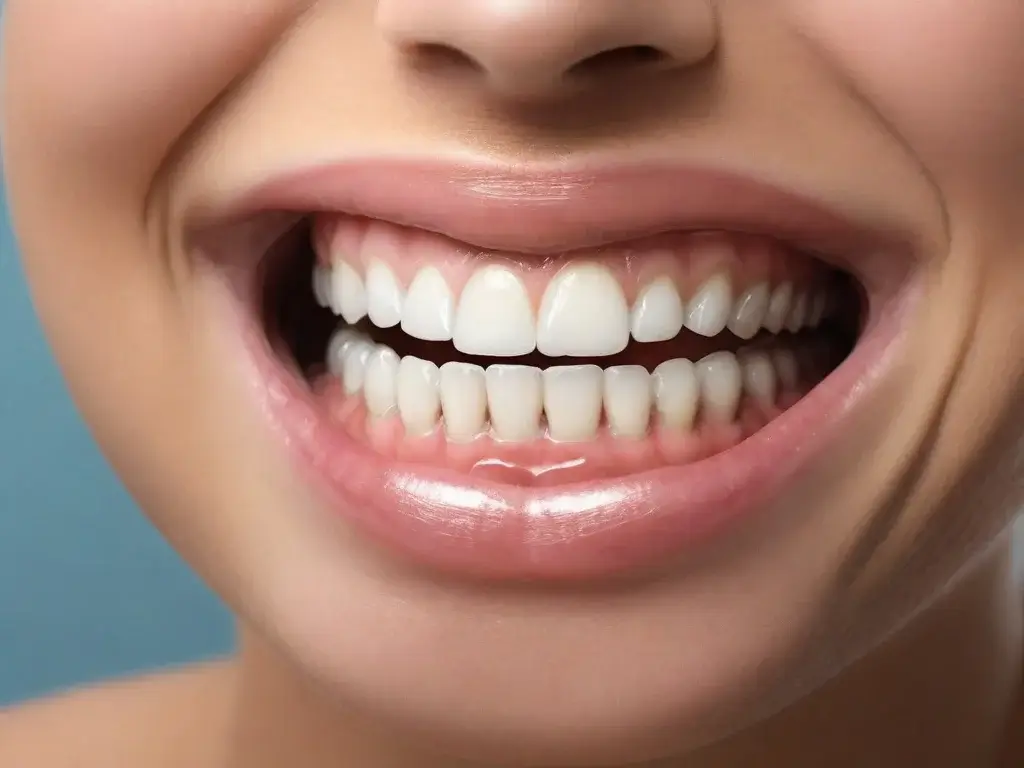Let’s be honest: who here has ever had the awful gums that bleed? Don’t feel bad about playing, people. Even I, the author, have this happen to us all. The real question, though, is how long this unwanted guest, gingivitis, stays before making things very bad with your teeth. Hold on tight, because we’re about to dive into the interesting area of gum health. We’ll talk about how to keep your smile bright, how long does gingivitis take to develop, how long does gum disease take to develop, and what to do.
Understanding the Basics the Gum Disease
First of all before going to how long does it take for gingivitis to develop. Let’s understand what is Gingivitis.
The early stage of gum disese is called Gingivitis and advanced stage is called Periodontitis. You can simply say that Gingivitis turns into Periodontitis. Imagine that your gums are the loyal guards who keep your teeth safe. Bacteria can’t get through because they form a tight shield. But when we don’t take care of our teeth (like when we eat sugary treats and don’t floss), those annoying germs gather and form plaque, a sticky film. Bad bacteria live in this plaque like it’s a five-star hotel. They have a wild party and leave behind toxins that hurt your gums. This swelling is the beginning of gum disease, which is known as gingivitis.
How long does it take for gum disease to develop? Sorry, that’s not a simple answer. How quickly gingivitis appears varies on a number of things.
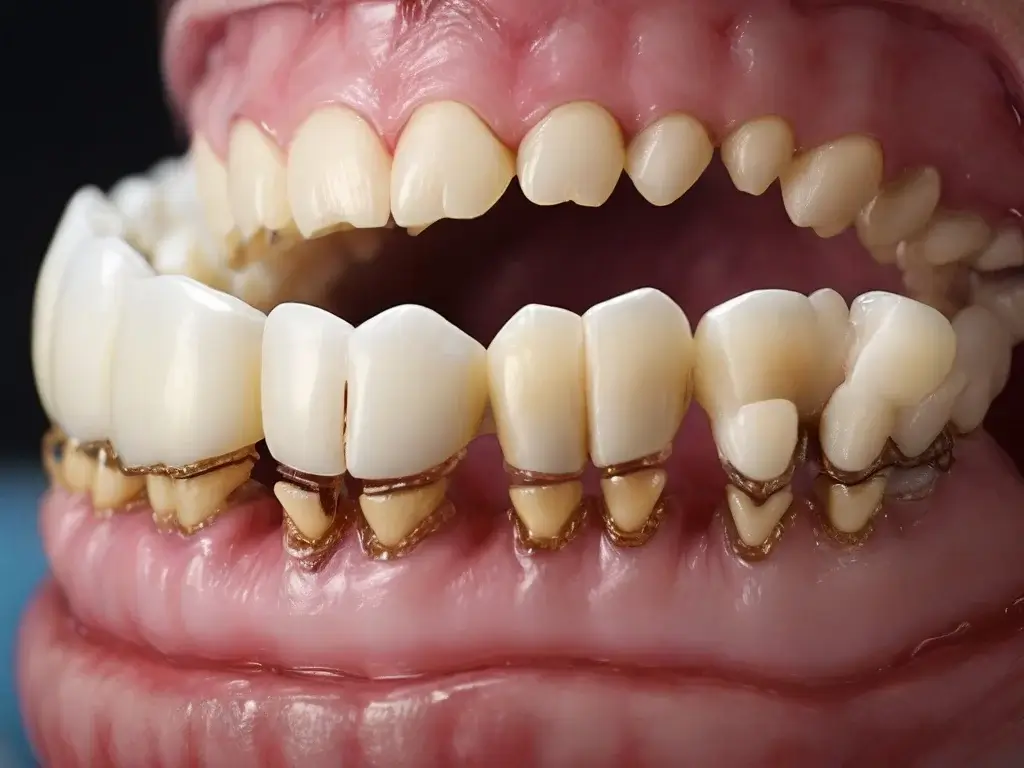
What are the Symptoms of Gingivitis?
Before going to how long does Gingivitis take to develop. Let’s know what are the symptoms. Although gingivitis might look like a small oral issue, one should spot its symptoms early enough in order to prevent it from developing into periodontal disease. These are the most important signs to look out for:
Visual Clues:
- Redness: The loss of healthy pink color from red and swollen gums.
- Feeling or looking sensitive: Gums that are inflamed may look and feel tender when touched.
- Bleeding: If when brushing or flossing you notice much bleeding from your gums then most likely you have got gingivitis.
- Receding gums: The gums may start to recede from the teeth, creating pockets, as gingivitis progresses.
Other Symptoms:
- Bad breath: Halitosis that never goes away can be caused by accumulated germs leading to chronic halitosis (hard-to-treat).
- Pain or tenderness: Inflamed gums can appear sore or tender when you bite especially during chewing meals
- Loose teeth: In severe cases, gum tissue damage may result in loose teeth.
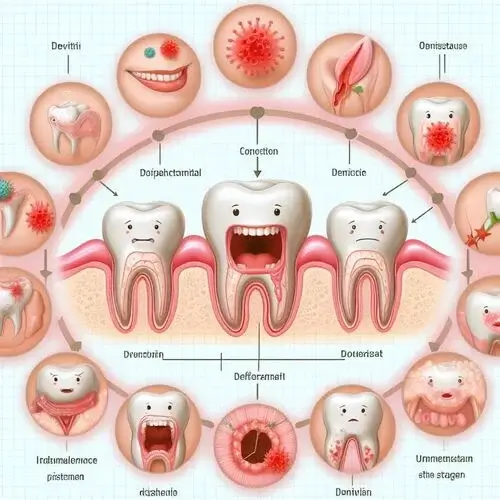
Various Causes to Estimate How Long Does Gingivitis Take to Develop
You can estimate how long does gingivitis take to develop by considerenig following factors:
- Your mouth health is the first factor. The party goes off the rails faster if you have more plaques.
- Because of their genes, some people are more likely to get gum disease than others.
- Smoking can be another cause. This bad habit lowers your defenses against germs and makes it harder to fight them off.
- Other health problems can also be its cause. Some diseases such as diabetes can damage the health of your mouth.
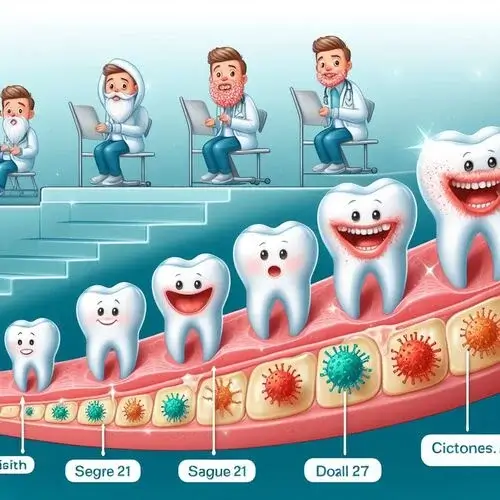
A Rough Estimate How Long Does It Take for Periodontal Disease to Develop
Based on how bad it is, here’s a rough idea of Based on how bad it is, here’s a rough idea of how long does gingivitis take to develop:
- Early Stages: Usually within just 4 to 5 days of having plaque on your teeth your gums may start to become swollen and lightly bleed.
- Mild Gingivitis: This stage can last for weeks or months if nothing is done. More blood, swelling, and pain may happen to you.
- When gingivitis gets worse, things get really bad. Gingivitis can turn into periodontitis (a more serious gum disease) in a few months to a few years if it is not addressed. This can cause bone loss and tooth loss.
How Long Does It Take for Periodontitis to Develop: Scientific or Medical Explanation
While the change from gingivitis, which seems safe, to periodontitis, which destroys bone, may seem unexpected, it’s actually a well-planned and scientifically proven process. Let’s look into the interesting (and a little gross) world of gum disease, looking at the main players and the complicated dance that makes it worse.
1- The Party with the Plaque
When the curtain goes up, a situation that seems harmless starts.The presence of bacteria in your mouth is normal. They cling onto your teeth and gums, forming a film called plaque. This “party” may not seem like a big deal, but it’s what starts the drama.
2- Toxins and Inflammation
Plaque is made up of bacteria that make toxins that hurt the gums and cause inflammation. This swelling is what makes gingivitis stand out. It’s like your body’s security system trying to fight off the bad guys.
3- Getting the Conflict Worse
If the plaque party goes on for a long time (because of bad mouth care), the inflammation gets worse. In order to kill the bacteria, immune cells rush to the scene and release enzymes that break down gum tissue and bone. But they also hurt other tissues, and the tissues they’re trying to guard start to break down.
4- Get into the Pockets
When gum tissue gets weak, it starts to pull away from the teeth, making holes. More germs can live in these pockets, which makes the inflammatory reaction worse and makes the pockets deeper.
5- Bone Loss Takes Center Stage
Immune cells release enzymes that were first meant to kill germs. Your teeth’s supporting bone begins to dissolve as these enzymes work their magic. This is what differentiates periodontitis from other diseases – bone loss. If left untreated, the disease may cause you to lose your teeth as they become loose.
6- Effects on the Whole System
Periodontitis doesn’t just affect one area alone. The long-standing inflammation can go into the bloodstream and raise the chances of diabetes, heart disease and stroke. It’s like a chain reaction that starts with a small plaque party and ends with possible health problems all over your body.
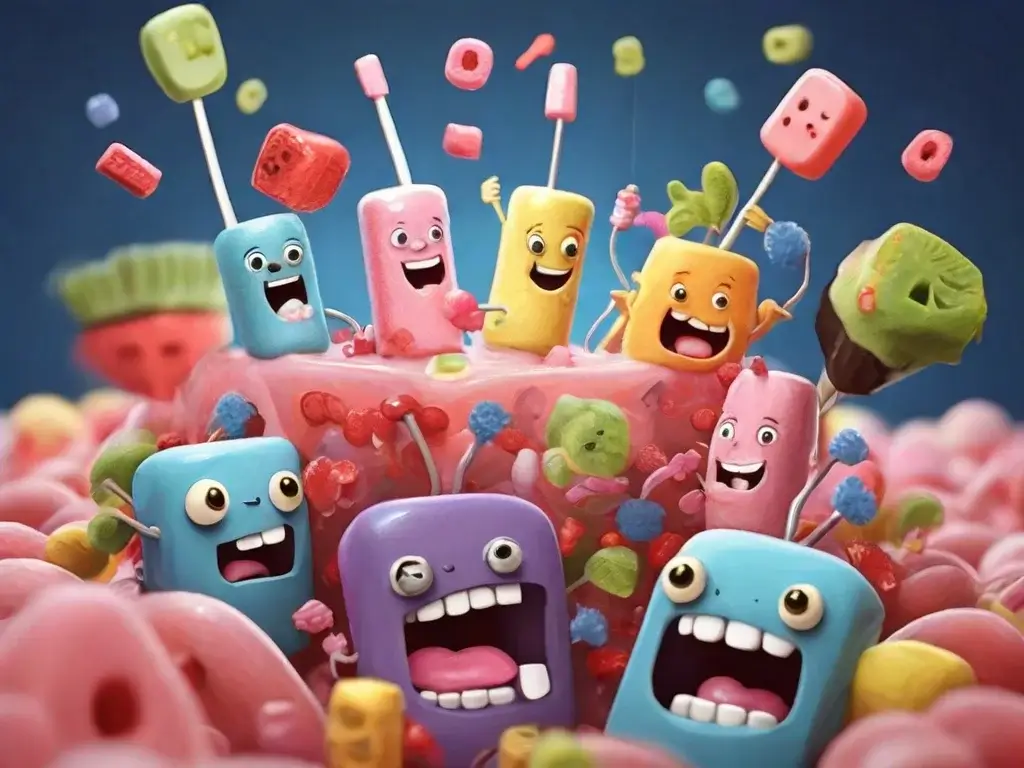
Habits That You Should Adapt to Reverse Gingivitis
Now that you know how long does Gingivitis take to develop. So, what to do to reverse it.Fully reversing gingivitis can be done if you decide to take the right route. In order to maintain healthy gums, here are some suggestions from experts:
- It is recommended to brush your teeth twice a day and floss immediately thereafter. There is no other method to remove plaque residue than this.
- Use Appropriate Instruments: For better cleaning results, you may want to consider using an electric toothbrush. A toothbrush with soft bristles and fluoride toothpaste will also do the trick.
- Don’t Miss Out on Your Mouth Too: The mouth harbors microbes too so do not brush it excessively with your bristle or scrape it using a tongue cleaner.
- Plan Regular Dentist Visits: Your dental doctor can diagnose gingivitis earlier on and professionally clean your teeth.
- If you want to be healthy, you should cut down on sweets and eat more produce and nutritious grains.
- Quit Smoking: It is good for both the mouth as well as lung health.
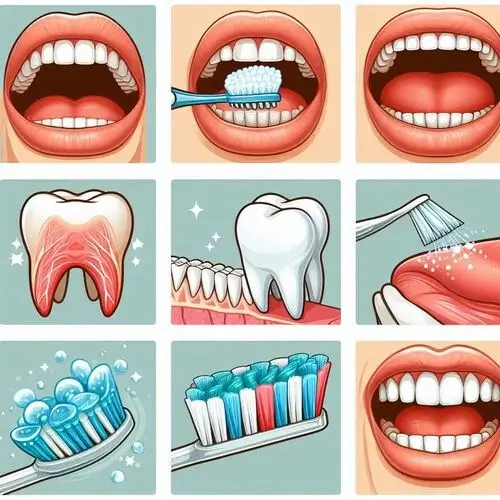
What are Medical Ways of Dealing with Gingivitis?
After knowing how long does Gingivitis take to develop? I know that you worry about any negative effects that healing gingivitis may bring, but do not hyped up your expectations. Unfortunately there isn’t one drug which acts as a “magic bullet” that fully cures gingivitis without having any side effects. The reason being:
Plaque buildup causes inflammation of the gums, a condition known as gingivitis. Some of the drugs can help with specific symptoms like edema or bleeding, although they do not deal with plaque removal and bacterial control.
Even natural remedies have repercussions which might not be compatible with other drugs. Some mouthwashes and salt water rinses may assist a little bit, but they should not be considered as “cure-all” substitutes for good oral hygiene and professional care.
Certainly, medications won’t cure gingivitis but these recommendations can help manage it and stop its progression to periodontal disease.Additionally, consider these variations: enhancing oral health behaviors and promoting a conducive environment for healthy dental tissues:
- Prescription Mouthwashes: Dentists could prescribe short-term use of chlorhexidine gluconate (CHX) mouth rinses to control inflammation of the gums when patients visit them. Remember that CHX has side effects such as taste disturbances and tooth discoloration.
- Probiotics: Few studies indicate that some forms of probiotics are beneficial for dental health. Nonetheless more research is needed to confirm this; besides the effectiveness of gingivitis treatment using them remains unclear. Seek the advice of your dentist before beginning to take probiotics, particularly if you are currently unwell.
Read: Top 5 Most Recommended Dictation Medical Software for 2024
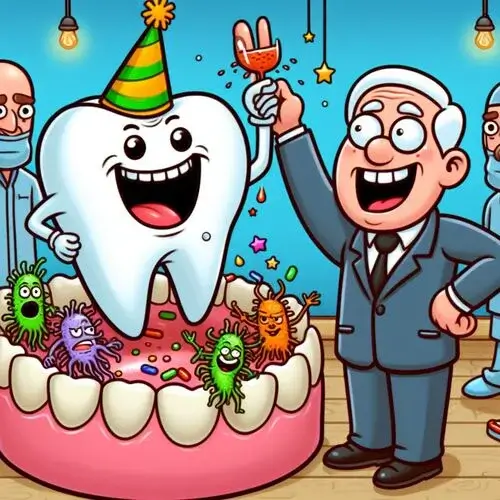
FAQs Related to How Long Does Gingivitis Take to Develop
How will I be able to ascertain whether I have gum disease?
Check for symptoms such as reddening, puffing up, bleeding or discomfort in your gums.
So, does that mean I have got gum disease if my gums bleed?
Not all the time. Sometimes when you brush them too hard it may lead to bleeding in your gum region but see a doctor if you continue to bleed.
Can gingivitis be treated naturally?
While good oral health is important, some people find that rinsing their mouth with cold water or using a chlorhexidine mouthwash helps them feel better. However, this does not replace professional care.
What will happen if gingivitis is not treated?
Gingivitis can escalate to periodontitis with resultant pain at the jawbone and loose teeth.

